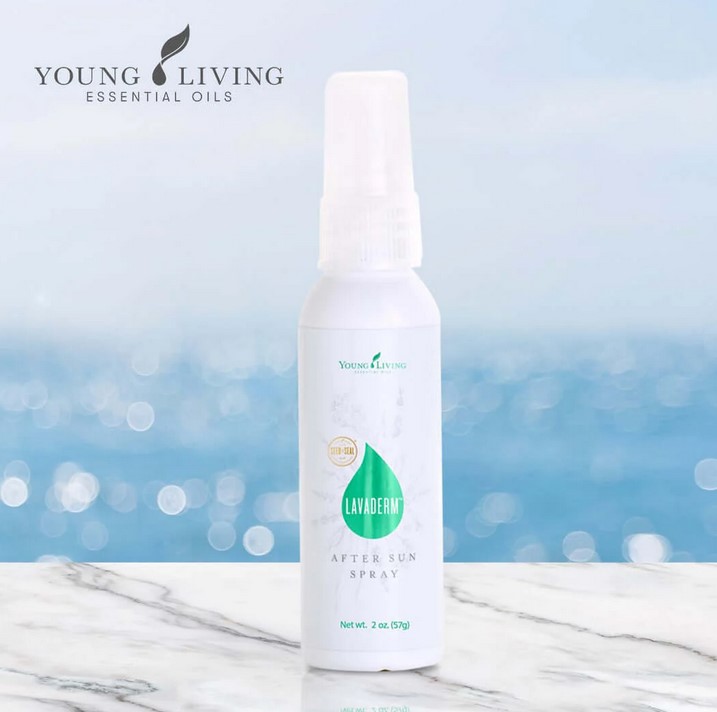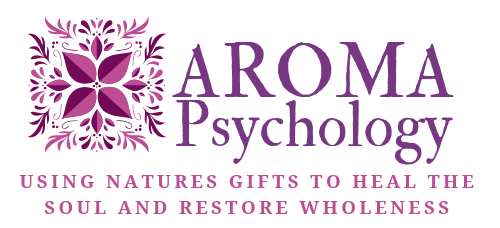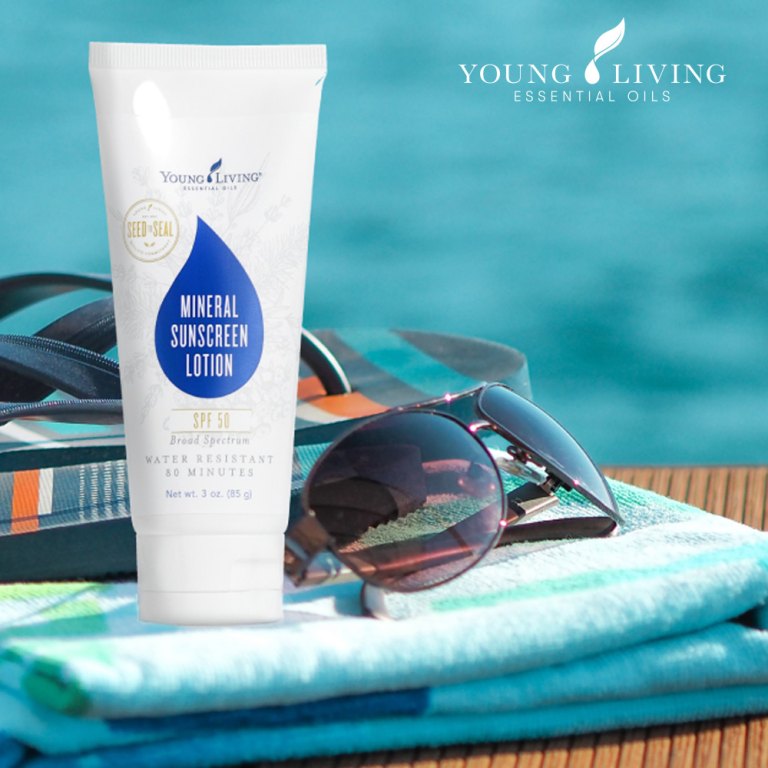
The Sunshine Dilemma: Unraveling the Facts about Sunscreens and Choosing the Best for your health and beauty
The Spectrum of Sunlight: Impact on Skin and Health
Sunlight, while often associated only with its UV (ultraviolet) component, actually consists of a much broader spectrum of light. Each of these wavelengths of light has a unique effect on our skin.
UVA Rays: These long-wave rays penetrate deeply into the dermis, the skin’s thickest layer. Unprotected exposure can lead to premature skin aging and wrinkling (photoaging), and suppression of the immune system. UVA rays can also worsen the carcinogenic effects of UVB rays, and increasingly are being seen as a cause of skin cancer on their own.
UVB Rays: These short-wave rays burn the superficial layers of the skin and play a key role in the development of skin cancer. UVB rays vary in intensity depending on the season, location, and time of day.
Blue Light (High Energy Visible Light): This is present in both indoor lighting and sunlight. Overexposure can lead to skin damage, including color changes, inflammation, and weakening of the skin’s surface. It can also exacerbate post-acne hyperpigmentation.
Red Light: Red light therapy, often used in skin treatments, has been shown to promote healing, reduce inflammation, and prevent aging of the skin. This is due to its ability to stimulate collagen production, a protein crucial for maintaining the skin’s elasticity and firmness.
The Healing Power of Sun: Beyond the Skin
While it’s vital to protect our skin from overexposure, sunlight plays an integral role in our overall health. For instance, UVB radiation is necessary for our bodies to produce Vitamin D naturally. Vitamin D is essential for bone health, immune function, and has been linked to mood enhancement.
Moreover, sunlight also plays a crucial role in syncing our internal biological clocks or circadian rhythms. Regular sunlight exposure, particularly in the morning, can improve sleep and overall well-being by regulating our body’s production of melatonin, the hormone responsible for inducing sleep.
Deep within our cells, organelles known as chromatophores are responsive to specific wavelengths of light. This photobiomodulation can influence cellular function, potentially aiding in wound healing, pain relief, and mitigating some forms of inflammation.
In conclusion, while the sun can pose risks to our skin health, it also provides many benefits. As with all things, balance is key. Sunscreen can help protect your skin, while still allowing you to reap the many benefits of sunshine. However, it’s important to realize not all sunscreens are created equal. I believe it’s crucial to delve into what’s really in our sunscreens and why we should consider safer natural alternatives.
Understanding Sunscreens: The Good, The Bad, and The Ugly
Sunscreens can be broadly categorized into two types: chemical and mineral. Chemical sunscreens absorb the sun’s rays, while mineral sunscreens reflect them. Sounds simple, right? However, the implications for your health can be quite significant.
Many commonly used sunscreens contain chemical filters that present potential health risks. Here’s an extended list of the common culprits:
- Oxybenzone: This common ingredient has been linked to hormone disruption and is harmful to marine life.
- Avobenzone: While effective in absorbing harmful UVA rays, it can degrade in the sun, resulting in the release of harmful free radicals.
- Octinoxate: Known for its endocrine-disrupting properties, it can affect thyroid and reproductive systems.
- Homosalate: Another potential endocrine disruptor, it’s known to accumulate in the body faster than it can be eliminated.
- Octocrylene: When exposed to sunlight, it can produce harmful free radicals that may damage cells and cause skin aging.
- Parabens: Used as preservatives, these chemicals have been associated with hormonal disruption.
- Phthalates: These help the product adhere to the skin, but have been associated with reproductive system issues.
- Artificial Fragrances: Can cause allergies and other skin irritation.
- Nanoparticles: Used in some mineral sunscreens, they’ve been found to cause cellular damage and are of concern for aquatic life.
 Shining Sunlight on Young Living SPF 50 Mineral Sunscreens
Shining Sunlight on Young Living SPF 50 Mineral Sunscreens
In the face of these facts, it’s worth considering safer alternatives. One product that stands tall is Young Living’s SPF 50 Mineral Sunscreen. It provides broad-spectrum protection using non-nano zinc oxide, deflecting harmful rays instead of absorbing them.
- Non-Nano Zinc Oxide: Provides physical sun protection, is reef-safe, and doesn’t penetrate the skin.
- Helichrysum Essential Oil: Known for its skin rejuvenating benefits.
- Carrot Seed Oil: Rich in antioxidants, it helps to nourish and rejuvenate skin.
- Frankincense Essential Oil: Helps to improve skin tone and maintain healthy-looking skin.
- Raspberry Seed Oil: Offers skin-nourishing benefits and is rich in antioxidants.
After-sun Skincare with Young Living LavaDerm After-Sun Spray
Young Living LavaDerm After-Sun Spray is an ideal addition to any sun care routine. Designed to renew and refresh the skin after sun exposure, it combines the soothing benefits of carefully selected natural ingredients, each having specific effects on your skin:

- Lavender Essential Oil: Renowned for its calming properties, Lavender essential oil soothes the skin, promotes healing, and helps reduce redness and irritation.
- Aloe Vera: Aloe Vera is a powerhouse when it comes to skin hydration. It helps retain moisture, provides a cooling effect, and aids in repairing skin damage from sun exposure.
- Helichrysum Essential Oil: This oil is known for its rejuvenating benefits and supports the appearance of healthy-looking skin, making it an excellent choice for post-sun skincare.
- Carrot Seed Oil: Carrot seed oil is high in antioxidants, and it’s great for rejuvenating and regenerating the skin. It is also known to have natural SPF properties.
- Royal Hawaiian Sandalwood Essential Oil: This oil supports skin hydration and helps soothe and nourish dry or sun-exposed skin.
- Frankincense Essential Oil: Frankincense oil supports healthy skin and can aid in reducing the appearance of uneven skin tones, making it a helpful component in after-sun care.
By merging these ingredients into a convenient spray, LavaDerm After-Sun Spray provides immediate relief to sun-exposed skin and promotes healthy skin recovery. It’s a thoughtful blend of nature’s best, designed to nourish, hydrate, and rejuvenate your skin after enjoying the sunshine. So next time you head out to the beach or spend the day outdoors, make sure to have your LavaDerm After-Sun Spray handy.
DIY Sunscreen and After-Sun Care Recipes
Creating your own sun protection products can be a rewarding process. Here are a few recipes you can try:
DIY Mineral Sunscreen
Ingredients:
- 1/2 cup almond or olive oil
- 1/4 cup coconut oil
- 1/4 cup beeswax
- 2 Tablespoons Zinc Oxide
- 1 teaspoon Carrot Seed Essential Oil
- 1 teaspoon Vitamin E oil
- 2 tablespoons Shea Butter
Directions:
Mix all ingredients except zinc oxide in a jar. Place the jar in a saucepan with water and heat gently until the ingredients are melted. Remove from heat, add the zinc oxide, stir well and store in a cool place.
DIY Sunscreen with Shea Butter and Raspberry Seed Oil
Ingredients:
- 1/2 cup Shea Butter (natural SPF 4-6)
- 1/4 cup Coconut Oil (natural SPF 4)
- 1/4 cup Beeswax
- 2 tablespoons Non-Nano Zinc Oxide
- 1 tablespoon Raspberry Seed Oil (natural SPF 25-50)
- 1 teaspoon Vitamin E Oil
Directions:
Combine all ingredients except zinc oxide in a jar. Place the jar in a saucepan with water and heat gently until the ingredients are melted. Remove from heat, add the zinc oxide, stir well and store in a cool place.
DIY Sunscreen with Red Raspberry and Myrrh Oil
Ingredients:
- 1/2 cup Jojoba Oil (SPF 4-6)
- 1/4 cup Red Raspberry Seed Oil (SPF 28-50)
- 10 drops Myrrh Essential Oil (natural SPF properties though exact amount is debated)
- 15 drops Helichrysum Essential Oil
- 10 drops Frankincense Essential Oil
Directions:
Mix all oils together in a glass jar. Apply generously and reapply every 2 hours, or more often if you’re swimming or sweating a lot.
Note: While these DIY sunscreen recipes contain ingredients that have natural sun protection qualities, they have not been laboratory tested for exact SPF protection. Always apply generously, reapply often, and use additional methods of sun protection such as sun-protective clothing and shade during peak sunlight hours, wearing sun-protective clothing, and applying a commercial sunscreen when necessary.
DIY After-Sun Skin Soother
Ingredients:
- 1 cup Aloe Vera gel
- 1/2 cup Lavender Hydrosol
- 10 drops Lavender Essential Oil
- 10 drops Peppermint Essential Oil
Directions:
Mix all ingredients in a spray bottle. Shake well before each use and spray on the skin as needed after sun exposure.
Takeaways and contact information
Your skin is your largest organ and it deserves to be treated with care. As we navigate the sunshine dilemma, it’s clear that we need to be informed and proactive in protecting our skin. While the sun offers numerous health benefits, too much exposure can lead to harmful effects. Thankfully, we have the option to choose products that are kinder to our skin and the environment, making the switch to mineral sunscreens.
Young Living SPF 50 Mineral Sunscreen offers plant-based, robust protection without harmful chemicals and LavaDerm After-sun Spray offers a cooling and calming help to restore skin moisture and protect its beauty. If you’re interested in ordering this sunscreen and after-sun spray, or exploring our top-quality essential oils, don’t hesitate to reach out via Instagram or Facebook. Let’s embrace the sunshine confidently with nature’s best allies. Looking forward to connecting with you soon!
Sources
- UV Radiation and the Skin
- The Known Health Effects of UV
- Blue Light and Skin: What’s the Effect?
- Red Light Therapy: Effectiveness, Uses, and More
- Vitamin D: What’s the “right” level?
- The Role of Sunlight Exposure in Regulating Vitamin D Status and the Circadian Clock
- Photobiomodulation: Implications for Anesthesia and Pain Relief
- The Trouble with Oxybenzone and Other Sunscreen Chemicals
- Avobenzone and Octocrylene – The photostability issue
- Potential Endocrine Disruption and Low-Dose Concentrations of Organic UV-Filters
- The sunscreen agent homosalate disrupts cellular signaling
- Octocrylene, a neglected photoallergen
- Parabens and Human Epidermal Growth Factor Receptor Ligand Cross-Talk in Breast Cancer Cells
- The Endocrine Disrupting Effects of Phthalates
- Fragrance Allergens in ‘Specific’ Cosmetic Products
- Nanoparticles: impact on environment and human health
- Safety of Zinc Oxide as a Sunscreen

 Shining Sunlight on Young Living SPF 50 Mineral Sunscreens
Shining Sunlight on Young Living SPF 50 Mineral Sunscreens
Add A Comment